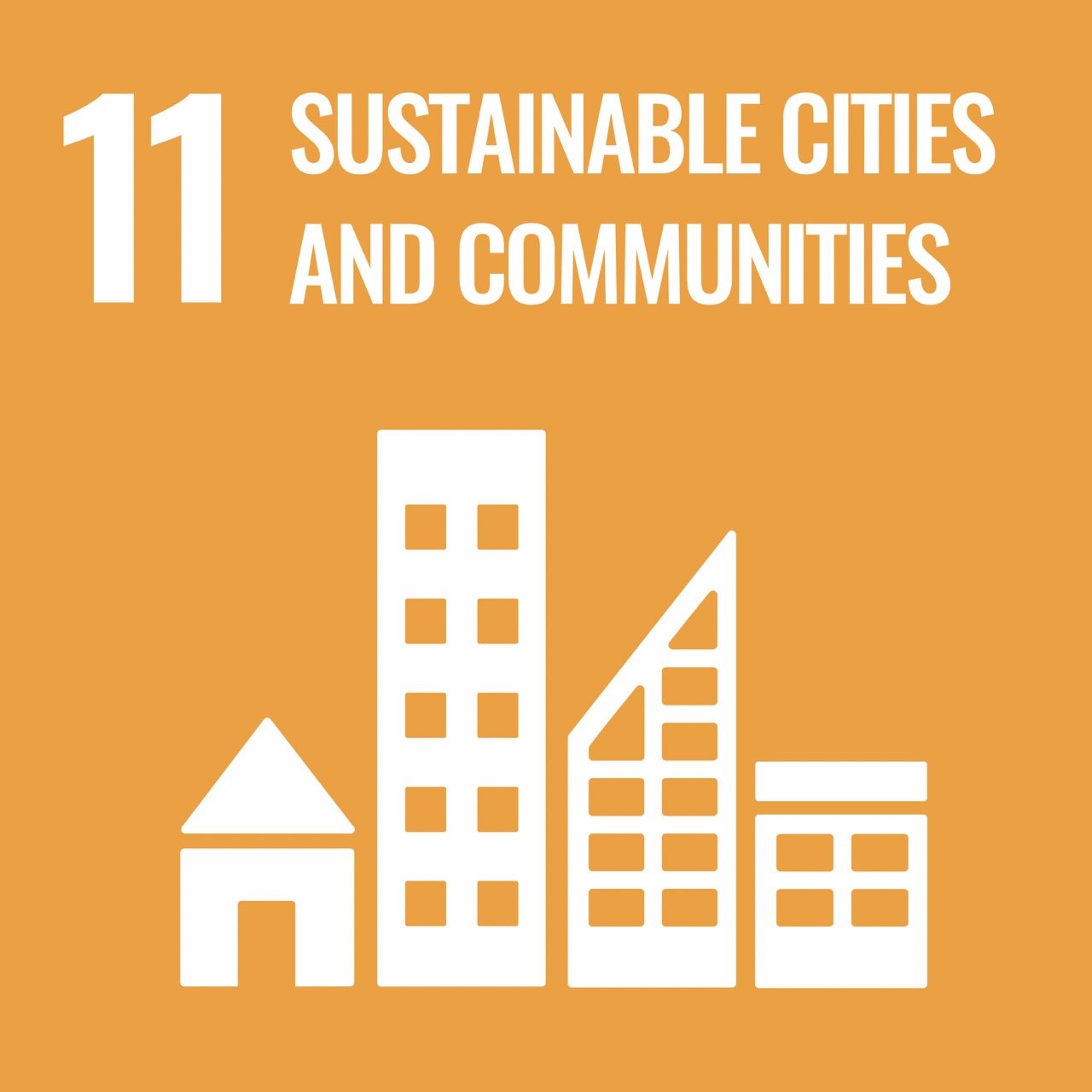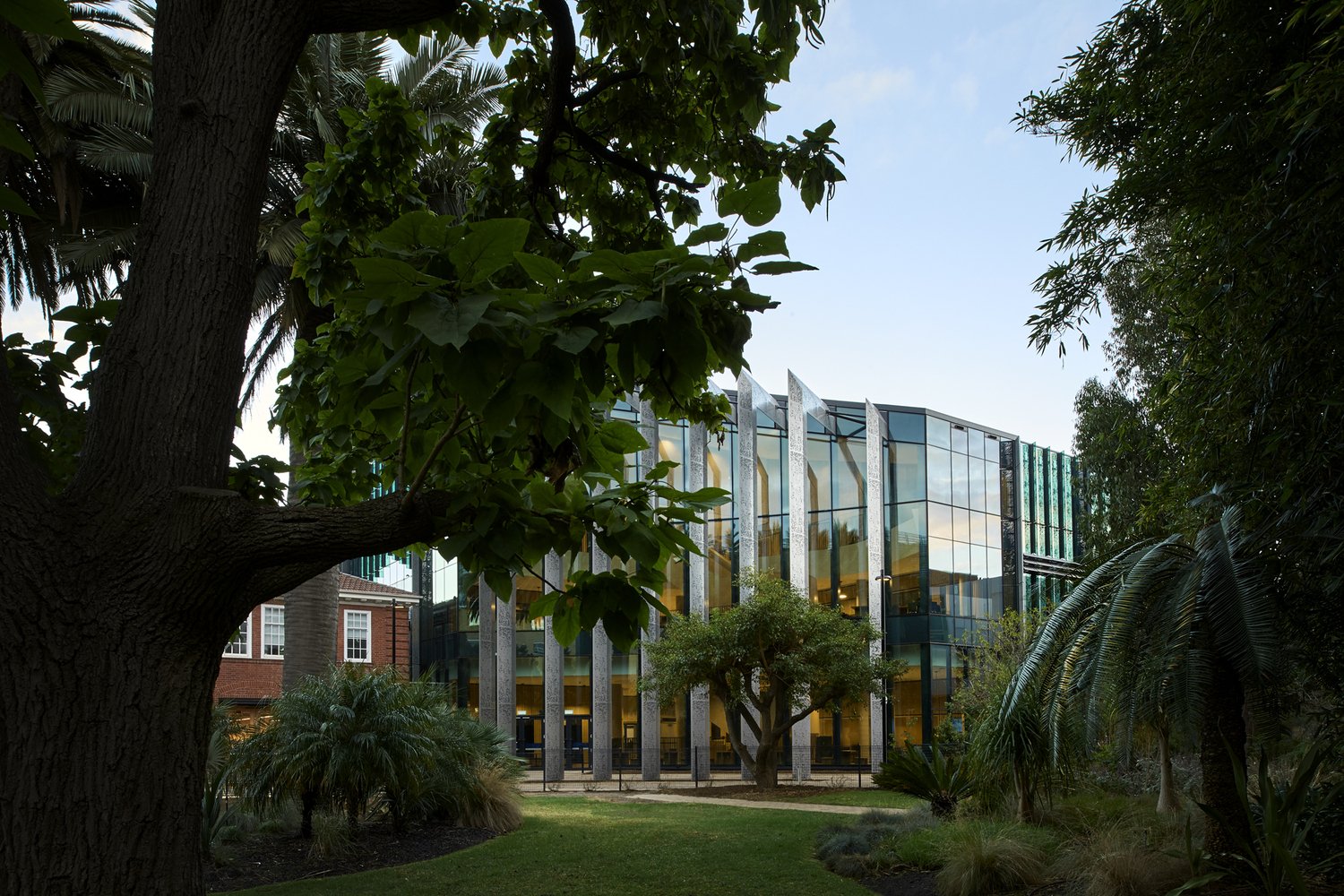PRIORITY AREA
9. Healthy ecosystems
Aspiration to 2030
The University’s campuses support a diverse range of species through healthy ecosystems on campus and connections to ecosystems off campus.
Progress against targets
Each campus achieves no net loss of biodiversity relative to defined baseline years by 2025
Our Biodiversity Baseline Data Project is nearing completion, with Burnley campus complete, Parkville campus 94 per cent complete across all metrics, and all other campuses 100 per cent complete for five out of seven metrics
We founded the new Biodiversity Council, and undertook consultation for a new Melbourne Biodiversity Institute
We signed up to ambitious biodiversity targets under the Nature Positive Universities Alliance
Each campus achieves an increase of biodiversity relative to defined baseline years by 2030
Ready to commence once the Biodiversity Baseline Data Project has been completed
-
In December 2022, the University became a founding member of the Nature Positive Universities Alliance, further reinforcing our commitment to preserving biodiversity and championing sustainability.
By taking the pledge, we have committed to bold action to reduce biodiversity impacts and protect and restore species and ecosystems, while influencing others to do the same. As members of the Alliance, we will work with a network of over 400 universities to promote nature on campuses, and in our supply chains, cities and communities.
Read more about our commitments under the biodiversity pledge.
-
Indigenous knowledge holders from 11 Australian universities have united with philanthropists to form a new council to advocate for biodiversity. The Biodiversity Council, which will be incubated at the University of Melbourne, will foster public, policy and industry recognition of the biodiversity crisis, the importance of biodiversity for wellbeing and prosperity, and positive opportunities and solutions needed to address these challenges.
Biodiversity baseline data project
The Biodiversity Baseline Data Project neared completion across all campuses in 2022. Once data collection is finalised, this will provide the baseline data for seven biodiversity metrics, which can then be used to identify priority projects to achieve our target of no net loss of biodiversity by 2025.
We have begun our analysis of current canopy cover relative to baselines for Metric 6. All campuses have seen a small increase in tree canopy cover to 2022 from the stated baseline year. For example, on the Parkville campus, net canopy cover increased by two per cent from 2018 to 2022. This was largely due to tree growth, with tree loss also occurring as a result of on-campus development projects. To meet our 2025 target, we will prioritise tree planting to offset the calculated losses.
Explore canopy cover across the University’s campuses with our interactive dashboards.
Tree Canopy Cover Parkville Campus 2018-2022
10,505m²
gain
+6,668m²
Net change
-3,837m²
loss
| CAMPUS | Baseline year | Baseline tree canopy cover | Net loss/gain |
|---|---|---|---|
|
Parkville |
2018 |
20% |
+2% |
|
Southbank |
2018 |
14% |
+2% |
|
Burnley |
2019 |
31% |
+4% |
|
Werribee |
2018 |
17% |
+2% |
|
Creswick |
2010 |
45% |
+5% |
|
Dookie |
2010 |
12% |
+2% |
|
Shepparton |
2019 |
14% |
+3% |
Using citizen science to quantify on-campus biodiversity
Over 70 students, staff and local residents competed in UniBioQuest in 2022, submitting 1404 sightings of insects, animals and fungi across six of our campuses using the QuestaGame mobile app.
UniBioQuest is a global citizen science competition where universities compete to collect the most sightings of biodiversity, providing much needed species data to researchers and practitioners. The data collected feeds into our Biodiversity Baseline Data Project, and was uploaded to biodiversity repositories such as Atlas of Living Australia and Global Biodiversity Information Facility.
Partnering with the City of Melbourne to enhance urban biodiversity
A five-year collaboration between the University and the City of Melbourne has proven that diverse native plantings on city streets can deliver significant improvements to insect biodiversity. Professor Nick Williams and Associate Professor John Rayner from the School of Ecosystem and Forest Sciences worked with a team to create a list of 100 plants that will enhance biodiversity in the city. The plant species, mostly native flowers, shrubs and grasses, were selected to increase the complexity of understorey plantings on urban streets, and were trialled in four streetscape plantings in Docklands, North Melbourne, Parkville, and South Yarra. Butterfly and bee sightings in each area significantly increased over the first two years of the project, and have been sustained over time.
Image by Lee Harrison, City of Melbourne







